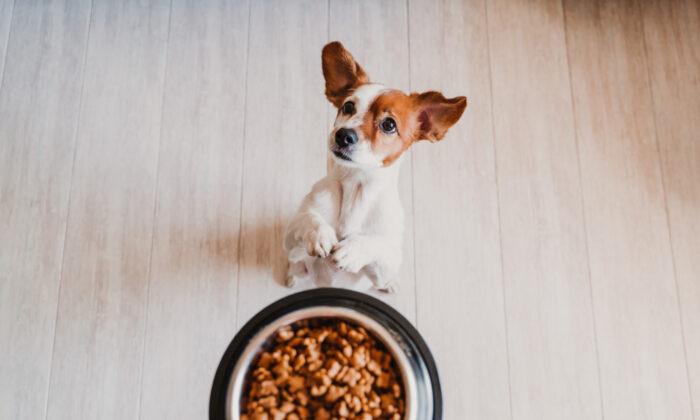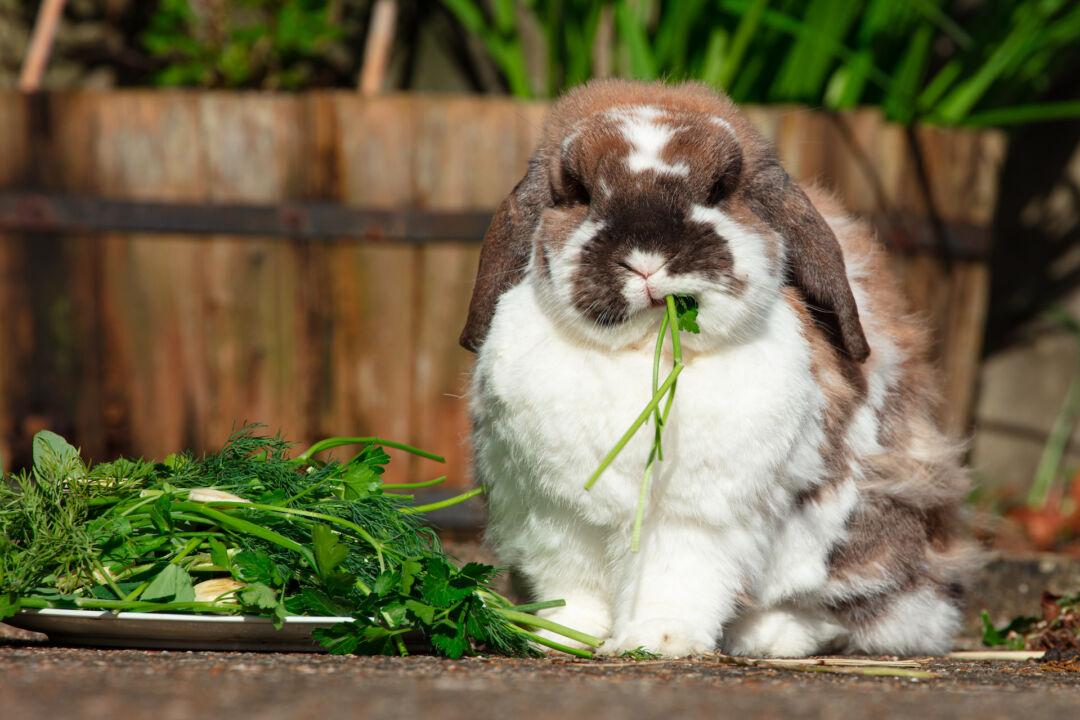Humans can manufacture vitamin D with the help of sunshine, but dogs can’t, so they must ingest vitamin D in their food. If they consume too much, the excess vitamin D is deposited in the body.
Vitamin D is important because it raises calcium levels in the blood. Calcium is essential because, among other things, it makes the heart and other muscles contract.
However, excess vitamin D raises calcium levels in the blood to abnormally high levels, a harmful and potentially lethal condition called hypercalcemia.
Interestingly, some rodenticides contain high levels of vitamin D that kill by causing hypercalcemia.
In dog food, vitamin D toxicity and the severity of hypercalcemia depend on both the quantity of vitamin D in the food and the duration of exposure.
Dogs that ingest small excesses of vitamin D develop only mild hypercalcemia. Clinical signs include excessive thirst and urination with diminished appetite. If exposure is prolonged, these dogs can develop calcium-containing urinary stones.
A dog that consumes large quantities of vitamin D develops severe hypercalcemia, suffering the aforementioned clinical signs and anorexia, lethargy, and vomiting. The excess calcium is laid down throughout the body, causing failure of the kidneys and other organs, soft tissue mineralization, and sometimes death.
I urge you to stop feeding Sarge the recalled food immediately. Save your receipt or the product’s barcode. The company should compensate you for the food and may reimburse the costs of testing and treating Sarge. Let your veterinarian know he was eating the recalled food and ask for guidance on the next step.
Fortunately, the crystals aren’t absorbed into the blood, so that’s the extent of the damage they do.
Still, the pain throughout the gastrointestinal tract can be severe, causing the clinical signs your kittens are experiencing.
Give your kittens chicken broth or tuna water (but not tuna oil) to flush the crystals from their mouths. Then, feed them milk or yogurt to bind the calcium oxalate crystals and minimize pain.
If the kittens aren’t eating and drinking within a few hours, take them to your veterinarian. Kittens can quickly develop life-threatening dehydration, which your veterinarian can address along with the pain caused by the crystals.
To keep the kittens away from your philodendron, place a motion-activated aerosol canister nearby that hisses out compressed air. Popular brands include ssscat, StayAway, and Sunbeam Sensor Egg.
Incidentally, many other plants contain insoluble calcium oxalate crystals. Among them are the arrowhead plant, calla lily, Dieffenbachia (also called dumb cane), elephant ear, peace lily, pothos, and umbrella plant.





